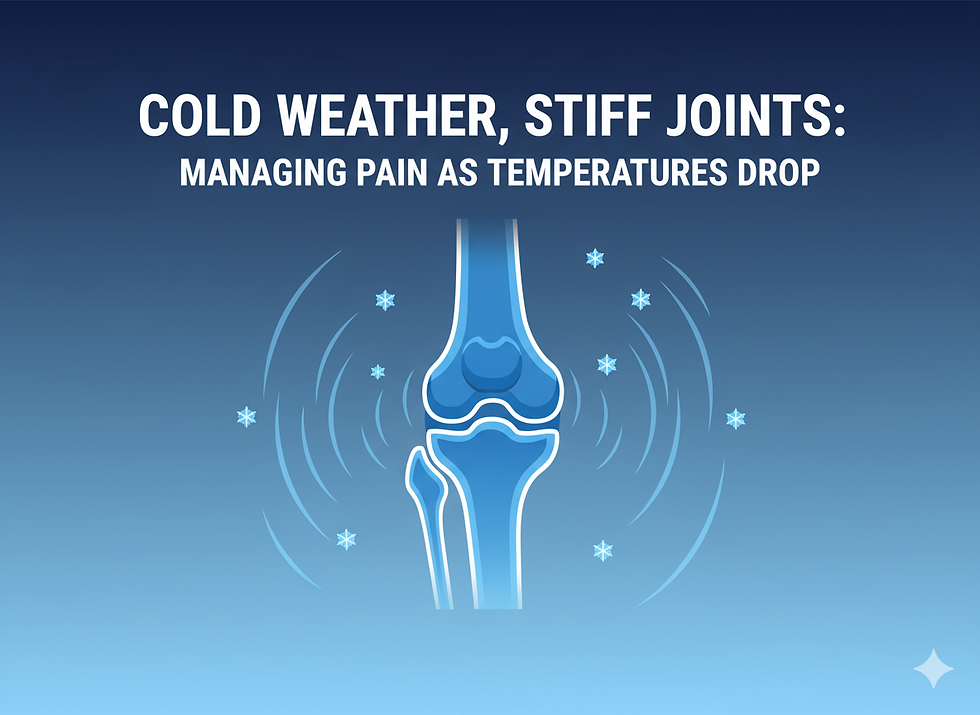Kinesiologist vs Physiotherapist: What is the difference?
- K-Town Physio

- Apr 4, 2022
- 3 min read

At K-TOWN Physiotherapy, we have a multidisciplinary clinic with a team of physiotherapists, and kinesiologists. But how do you know which one to choose?
Kinesiologists and physiotherapists are both regulated healthcare professionals in Ontario and use evidence-based research to provide treatment. The goal of both professionals is to help you improve or prevent the worsening of your condition and quality of life due to injury, surgery, or illness. They both work with people of all ages and physical abilities to help them achieve their health and wellness goals and improve their quality of life. Both are also there to help proactively prevent injury by increasing overall strength and functioning. This can occur through maintaining or improving your overall health and well-being through education, patient-specific stretching and exercise programmes, and goal setting. In both types of therapy, hands-on care may be provided that is tailored to the patient’s specific needs.
Kinesiology:

Focuses on a more holistic approach to healthcare and are dedicated to getting patients to maximize their ability to move and function throughout their activities of daily living
Use exercise as a tool to treat and prevent injury, health conditions, and improve health and wellness, leading to a more functional and pain free life
Maximize your ability to perform daily tasks, sports, and exercises safely and effectively
Educating you on ways to maintain your overall fitness and functioning
For example, someone who wants to start exercising may see a kinesiologist to get a tailored graded exercise programme. This will help decrease the risk of injury when starting a new activity for the patient, while improving their health and wellness.
Physiotherapy:

Focuses on helping improve your movement, mobility, and function
Improving or restoring movement, strength, and range of motion
Decreasing pain through pain management techniques
Preventing your condition from getting worse
Works with a variety of conditions including neck/back pain, osteoarthritis, rheumatoid arthritis, and ankylosing spondylitis, multiple sclerosis, Parkinson’s disease, pelvic issues, and recovery after stroke, cardiovascular conditions, rehabilitation after cardiac events
For example, someone who has had a hip replacement surgery may visit a physiotherapist as part of the rehabilitation to strengthen their hip and increase the range of motion in the hip joint. This will help them move more easily, decrease their pain and discomfort, and improve their quality of life.
Which profession to choose?
So, which one is best for you? Ultimately, it depends on your condition and specific needs.
If you have an acute condition that is affecting your ability to work or move a body part without pain, you will likely choose a physiotherapist as they can help you reduce the pain, improve your mobility, strength, and range of motion.
If you have a chronic injury or health condition affecting your quality of life or need a tailored exercise programme to meet your goals, working with a kinesiologist could help with developing management strategies to improve your quality of life and improve your strength and endurance.
Finally, you may consider talking to your doctor about which therapy is right for you and advise you on the benefits of each therapy and how they may address your needs. However, you do not need a referral to book in with either professional.
Overall, there are many similarities between kinesiologists and physiotherapists, but depending on your issue, there is one you should see over another. If you are looking for a kinesiologist or physiotherapist, K-TOWN Physiotherapy has what you are looking for! Contact our team today to learn more!
References:
College of Kinesiologists of Ontario. (2022). https://www.coko.ca/patients-and-clients/about-kinesiology/
College of Physiotherapists of Ontario. (2021). https://www.collegept.org/patients/what-is-physiotherapy



